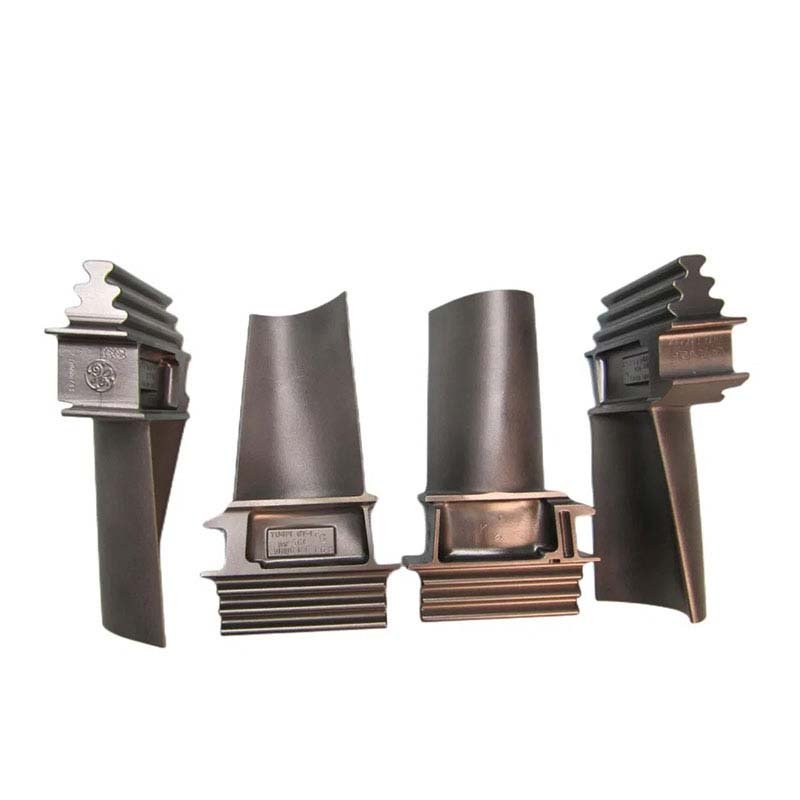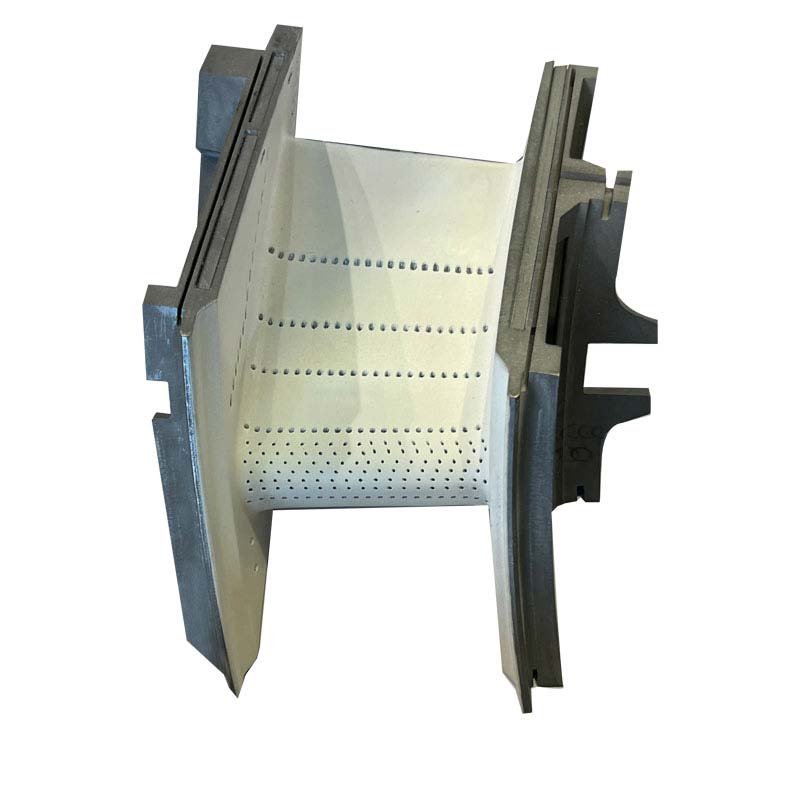Composition and classification of Monel alloys Basic composition: Monel alloys are mainly composed of nickel (about 63% to 70%) and copper (about 30% to 34%), and usually contain small amounts of elements such as iron, manganese, carbon and silicon.

The most common Monel alloy with excellent corrosion resistance and high strength.
Aluminum and titanium are added to Monel 400, and after age hardening, it has higher strength and hardness while maintaining good corrosion resistance.
Has the same corrosion resistance and strength as Monel 400, but is particularly suitable for applications that require a lot of cutting due to its improved machinability.
| Monel | American standard(UNS) | ASTM Standards | German Standards(DIN) | Chinese Standard(GB/T) |
|---|---|---|---|---|
| Monel 400 | N04400 | ASTM B127 | 2.4360 (NiCu30Fe) | NS111 |
| Monel K-500 | N05500 | ASTM B865 | 2.4375 (CuNi30Mn1Fe) | NS321 |
Monel alloys have excellent resistance to many corrosive media, including seawater, brine, acids, alkalis, and other chemicals.
High strength and good toughness, can maintain stable performance over a wide temperature range.
Some Monel alloys (such as K-500) can further improve their mechanical properties through heat treatment.
Monel alloys can be processed by a variety of processes, including forging, casting, and machining.
Casting: Suitable for parts with complex shapes, providing high precision and good surface quality.
Forging: Improves the internal structure and strength of the material, suitable for high-stress parts.
Machining: Used for precise processing and finishing of parts to ensure dimensional accuracy and surface finish.


Turbine blades made of equiaxed casting are widely used in aircraft engines and gas turbines. These blades have good high temperature strength and corrosion resistance, and are suitable for high temperature and high pressure parts of turbines.


Turbine disks are important components that support turbine blades and transmit power. The equiaxed casting process can produce turbine disks with good mechanical properties and durability, which are suitable for various turbine equipment.


Combustion chamber liners need to work in high temperature and high pressure environments. The equiaxed casting process can produce liners with high temperature oxidation resistance and corrosion resistance.
High strength and durability
Excellent fatigue performance
Complex shape manufacturing capability
Material diversity